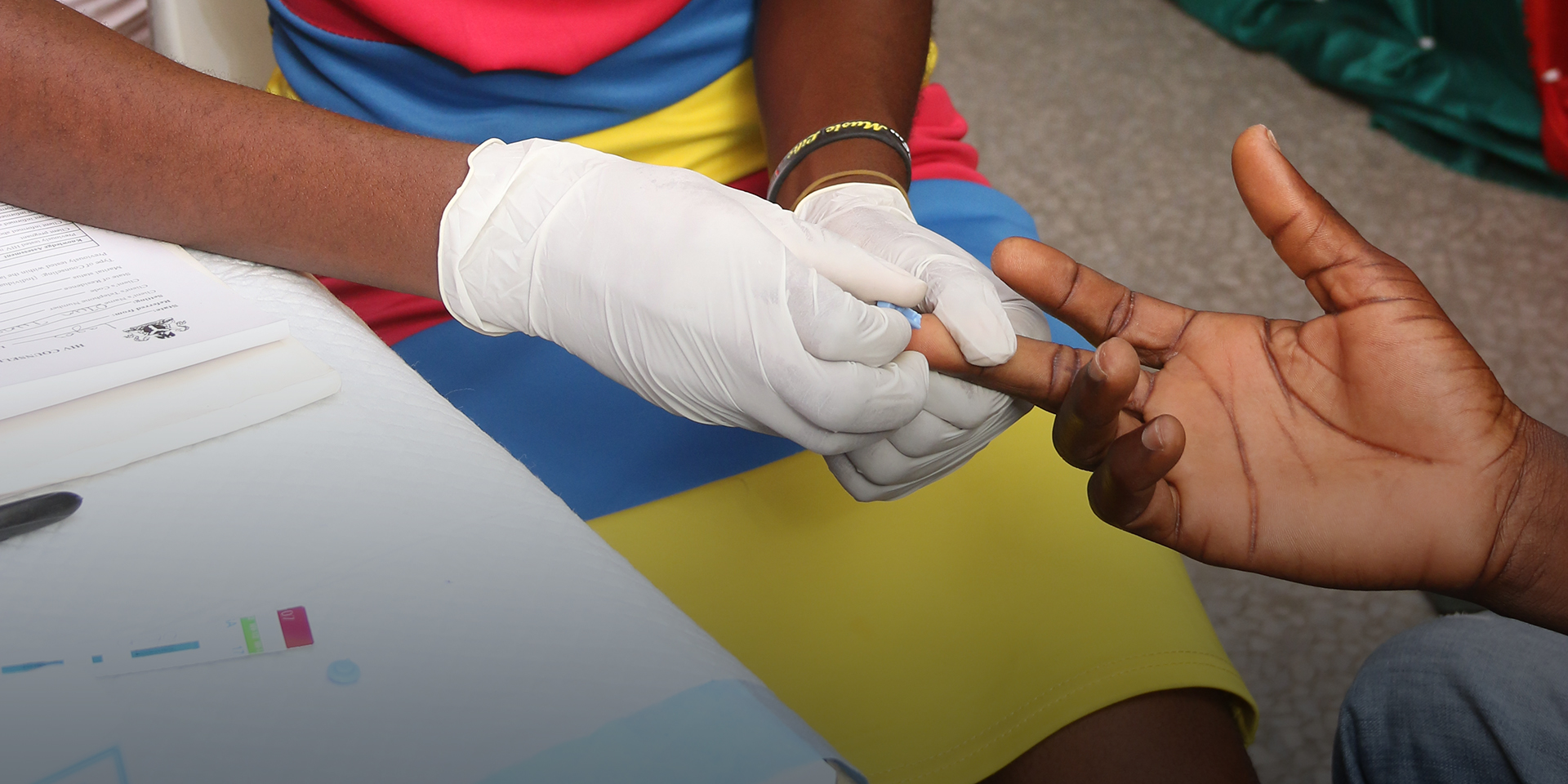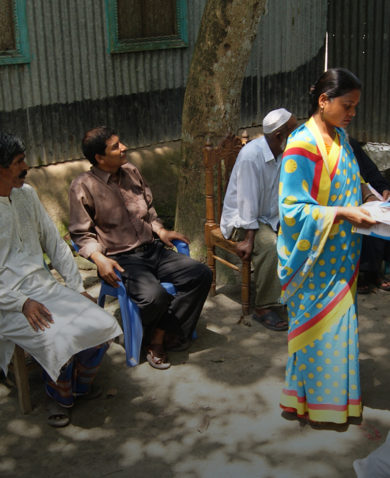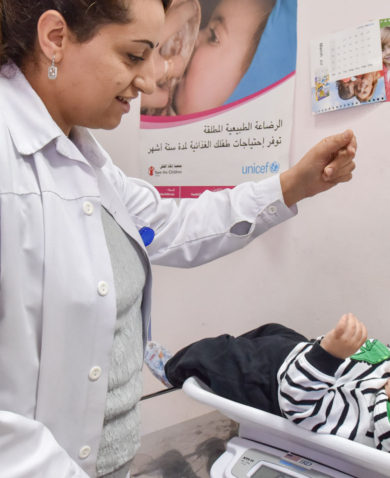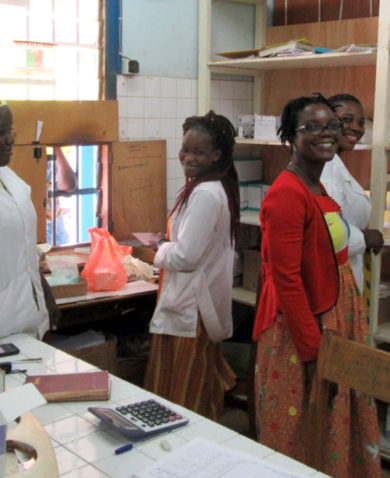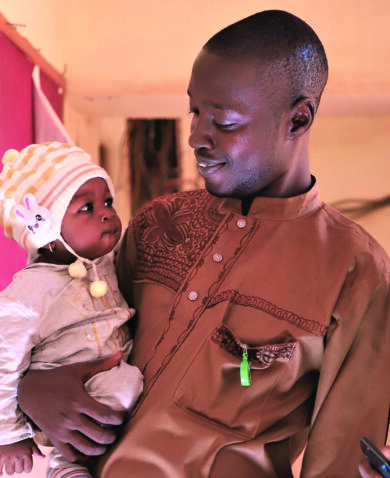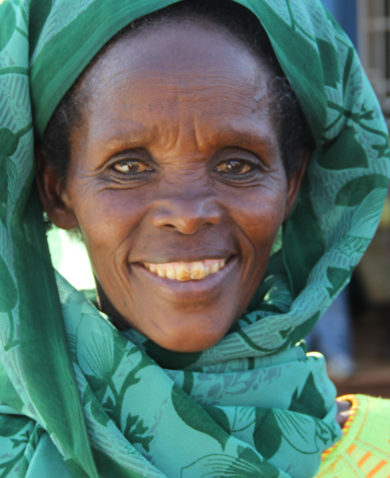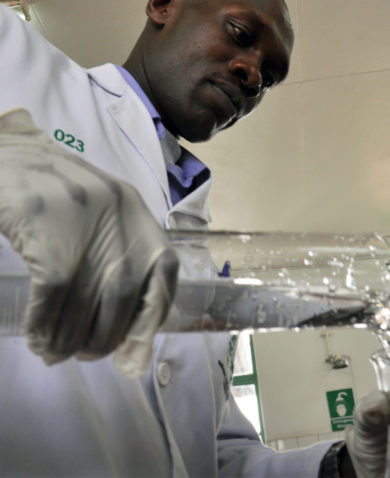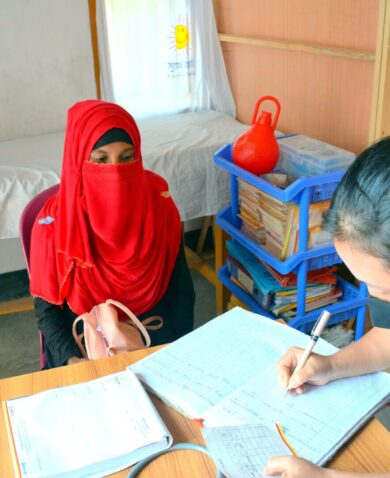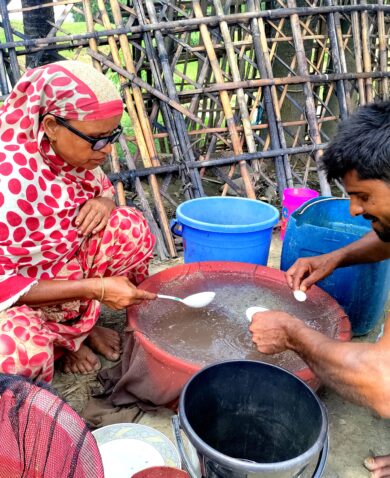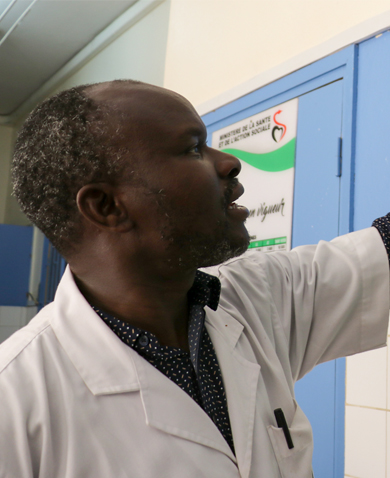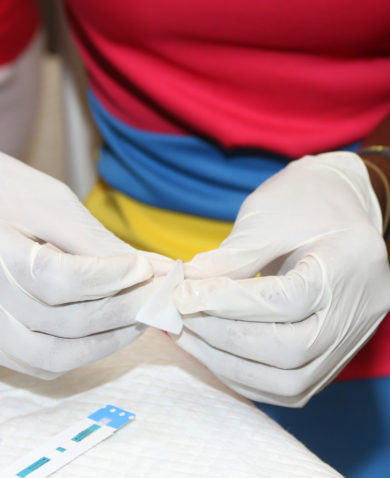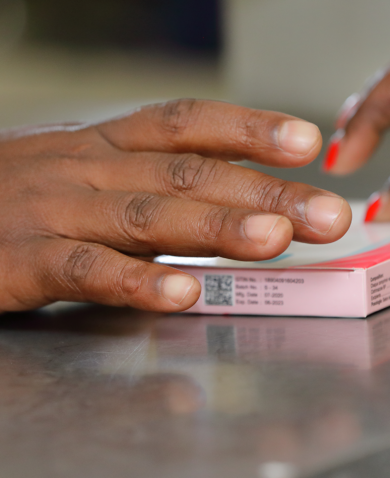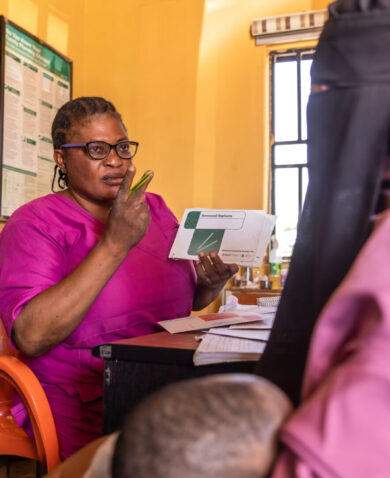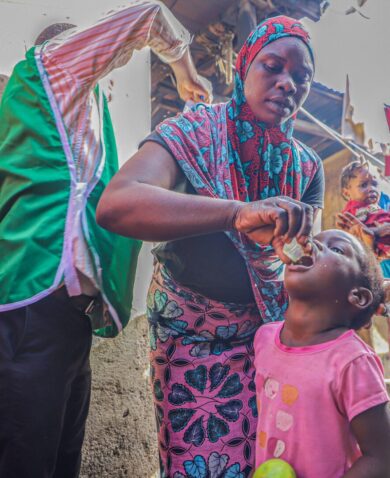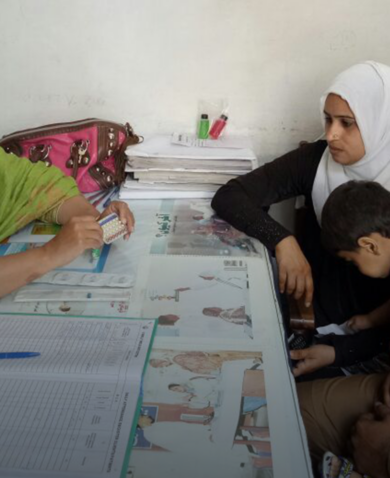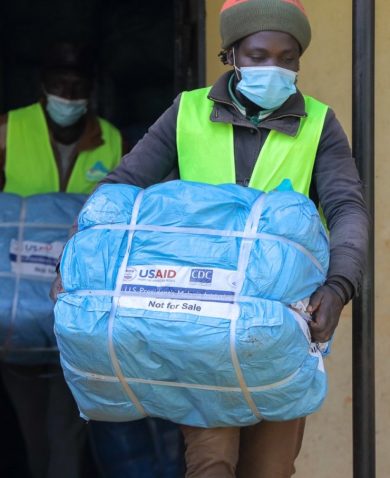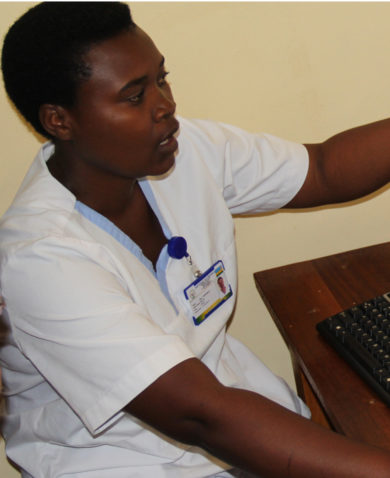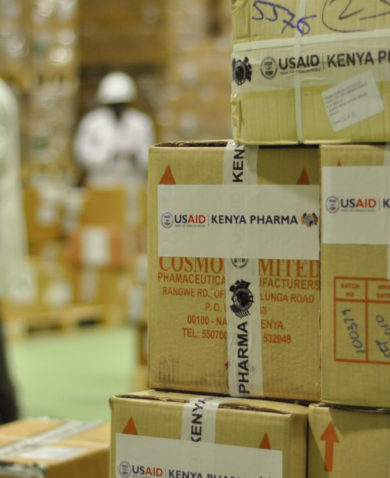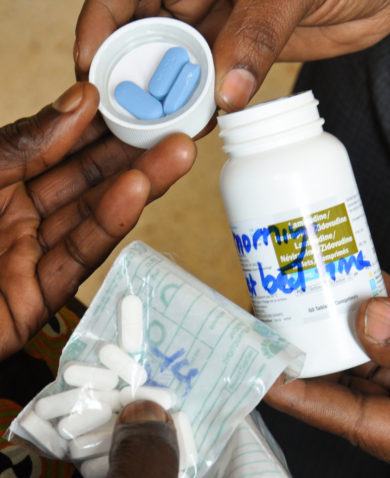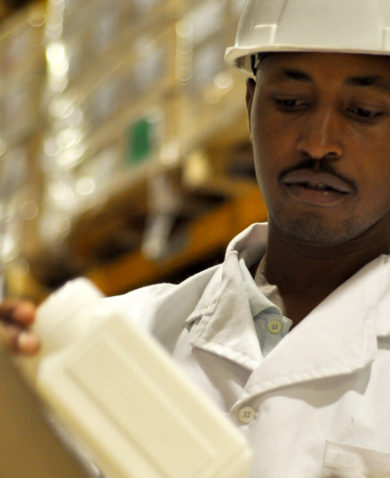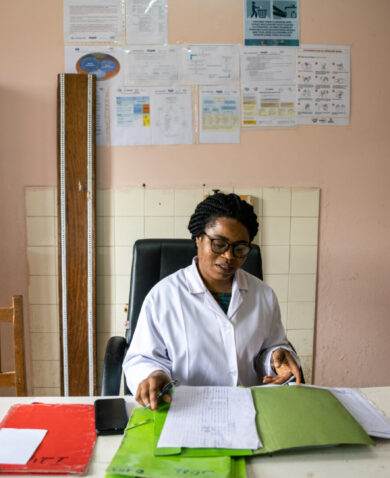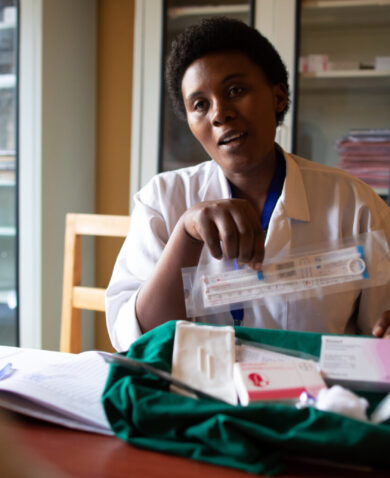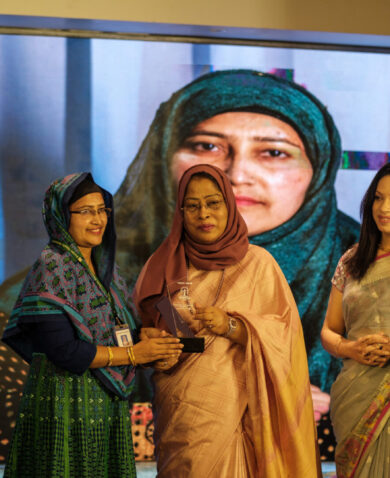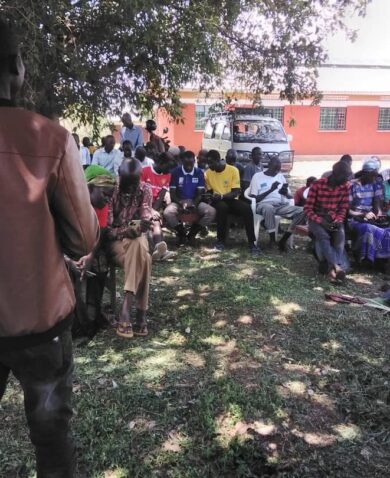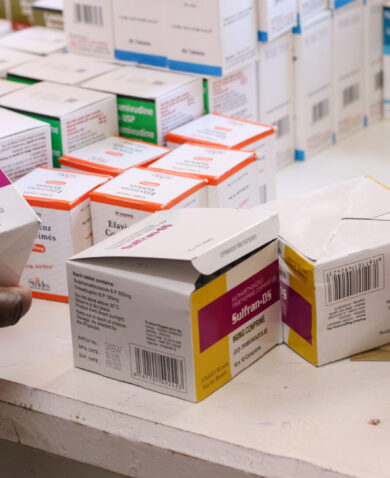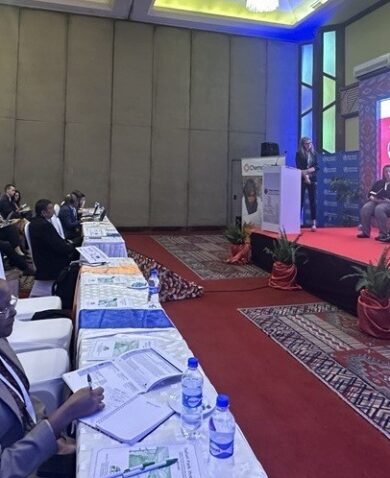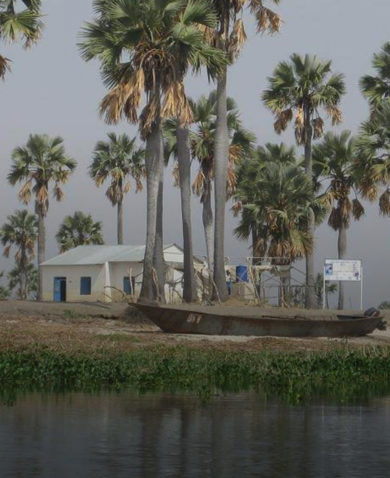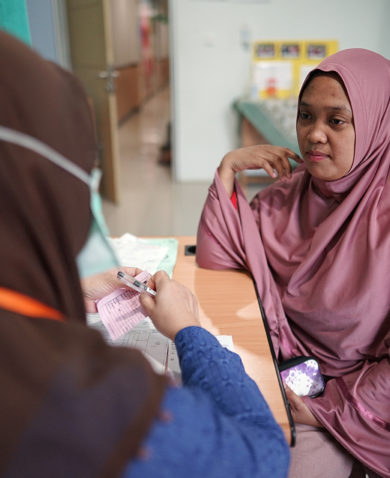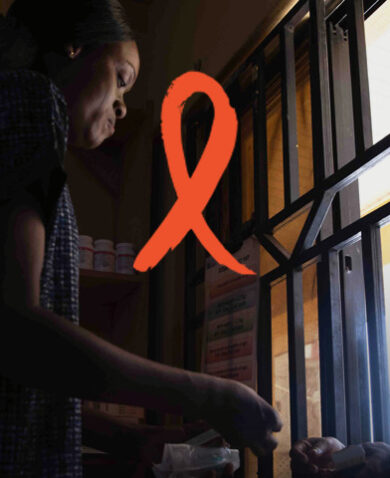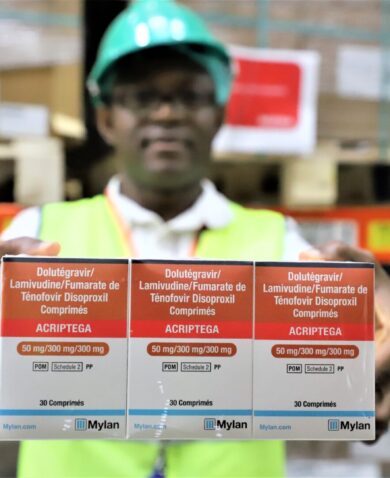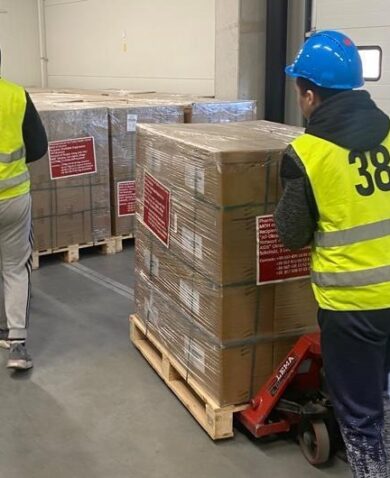What work is the Human Resources for Health in 2030 (HRH2030) Program currently doing to support the community-based workforce?
HRH2030 is supporting a number of activities to assess the community-based workforce for USAID. In Uganda, we are working to build a model to identify the human resource needs around providing differentiated care. Two of the four common models are community-based — these are community-led groups overseeing HIV treatment (mostly refills for medications) and individual pharmacy distribution points based in the community. These too may be overseen by a community-based worker.
In South Africa and Zambia we are also doing assessments of the community-based workforce to identify who they are working with, what services they are providing, where they are providing services, how long it takes to provide the services, and how much they are compensated. The goal of these assessments is to identify efficiencies — for both the services being provided and the compensation that the community-based workers receive.
How can community-based workers impact national efforts to control the HIV epidemic, especially long-term?
Community-based workers have an important role to play if we are going to achieve the UNAIDS 90-90-90 goals. Whether it’s identifying new patients who require treatment or ensuring that someone who has been receiving antiretrovirals for years continues to take their medication, these community-based personnel will be invaluable. They are really the eyes and ears on the ground and the ones who will be able to best say whether we are achieving the ambitious goals we’ve set out to achieve control of this epidemic.

